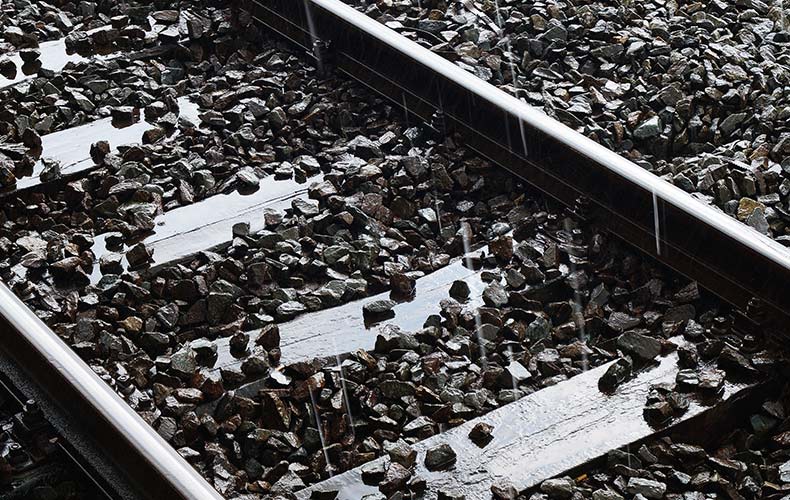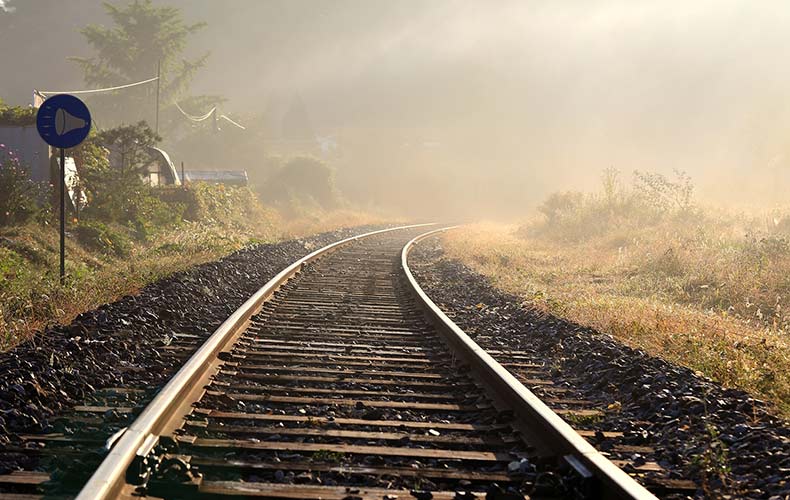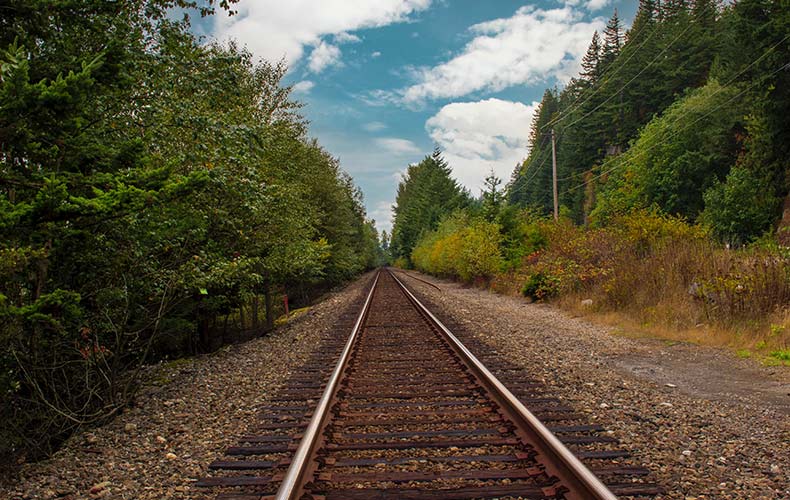We use cookies to make your experience better. To comply with the new e-Privacy directive, we need to ask for your consent to set the cookies. Learn more.
Rail ballast – Your Questions Answered
admin admin 0 Comments
Ballast is an essential part of traditional railway tracks. As Rail Technology Magazine explains, “In traditional railway track, the rails are supported and held apart by sleepers or ties, which rest on and are embedded in a coarse granular aggregate known as ballast.”


Why is ballast used on railways?
Ballast provides stable support and load transfer for railway tracks. Ballast is also used to help drainage of water, keeping water away from the rails and sleepers, as well as keeping down vegetation that might interfere with the track structure.
Where does railway ballast come from?
Railway ballast is usually made of granite. Our rail ballast consists of pure granite crushed which has been screened to create a zero fines aggregate. Fines are undesirable for rail ballast as it is important to have a hard-wearing, free-draining and easily cleaned aggregate for this purpose. This ballast is fully certified and is commonly used to create rail tracks across the UK.


Is there code for railway ballast?
The Track Standards Manual sets the minimum requirements for ballast and formation. This includes the minimum width of ballast shoulders for straight tracks, curved tracks and jointed tracks, amongst many other requirements.
What can ballast be used for?
Besides rail construction projects, ballast can be used for other applications, including the construction of haul roads, which are built to carry loaded trucks in construction sites and more. Ballast can also be used for sub-bases, more specifically fine-free sub-bases.


Where to buy railroad ballast?
At Mainland Aggregates, we stock 50-32mm certified rail ballast. Additionally, we also supply 70/30mm Recycled Rail Track Ballast which was removed from railroads and can now be used for other applications. If you require any assistance, feel free to contact our team for more information. We can be reached by phone at 01234 831 108 or via email at info@mainlandaggregates.co.uk.
